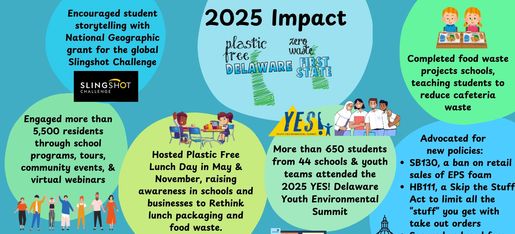SINGLE-USE PLASTIC POLLUTION
Climate Change
Environmental Injustice
Plastic is made from oil and natural gas, perpetuating the extraction and refining of fossil fuels, and is now driving the exponential growth of these industries as the transportation and building sectors become increasingly electrified.

Environmental Injustice
Environmental Injustice
From extraction of fossil fuels, to refining oil and gas, to manufacturing products, and finally to waste disposal, every aspect of single-use plastic production and use disproportionately impacts fenceline communities, lower income families and people of color.

Human Health
From extraction of oil and natural gas, to refining, manufacturing, transporting, and disposal, single-use plastics are proven to impact human health in a myriad of ways. LEARN MORE

Animals & Habitats
Plastic litter becomes fugitive in our ecosystem: habitats, pastures, and marine environments, causing harm and fatalities to both domestic animals, and wild animals and birds.
HUMAN HEALTH IMPACTS

The life cycle of plastic bags and other plastics which become “fugitive” in our environment threatens public health. Plastic does not biodegrade in the environment. Instead, it photo-degrades (breaks down from exposure to sunlight), oxidizes and physically breaks down from wave action. This creates increasingly smaller particles of plastic which absorb pollutants from surrounding water. Because plastics are buoyant, they are carried long distances by marine currents. Plastic particles have been found to transport pollutants to such distant locations as the Arctic and presents the opportunity for bioaccumulation in geographically distant food chains.
Plastic particles concentrate metals, endocrine-disrupting chemicals, and persistent organic pollutants, including PCBs flame retardants. Small plastic particles in the ocean have contained concentrations of PCBs more than 1,000,000 times greater than the surrounding water. When eaten by marine species, especially plankton, these pollutants enter the marine food web. The bioaccumulation of toxics in marine predators and commercially valuable species has far-reaching effects on human health.
Despite these risks, the U.S. Food and Drug Administration does not yet monitor for many of the toxins that could be found in fish and shellfish. Fish consumption advisories for commercial seafood are sometimes based on samples taken many years ago, well before plastic particles became recognized by the scientific community as a problem (National Oceanic and Atmospheric Administration, 2011; U.S. Food and Drug Administration, 2012). In addition, many of the microbes that are found to accumulate on plastic particles have not yet even been identified by science.
In addition to the secondary health impacts of plastics that contaminate seafood, the manufacturing to production to disposing of “single-use plastics” causes many health problems from respiratory illness to carcinogens. As a large proportion of single use plastic product manufacturing relies on hydraulically-fractured natural gas, plastics use is linked to the environmental impacts of fracking.
Another little-studied health impact of plastic bags involves the visual, psychological, emotional and health effects of plastics in our air, water and soil.
Researchers estimate that exposure to phthalates contributes to 13 percent of all heart disease deaths in people between ages 55 and 64 each year worldwide.
https://www.smithsonianmag.com/smart-news/microplastics-detected-in-human-blood-180979826/ https://www.sciencedirect.com/science/article/pii/S0160412022001258
Newly released report outlines plastic pollution's health implications:https://www.ciel.org/wp-content/uploads/2019/02/Plastic-and-Health-The-Hidden-Costs-of-a-Plastic-Planet-February-2019.pdfhttps://www.ciel.org/wp-content/uploads/2019/02/Plastic-and-Health-The-Hidden-Costs-of-a-Plastic-Planet-EXECUTIVE-SUMMARY-February-2019.pdf
Plastic Free Delaware - making a difference locally, doing Delaware's part globally.
Copyright © 2008-2026 Plastic Free Delaware - All Rights Reserved
Plastic Free Delaware is a registered 501(c)(3) nonprofit organization, EIN #85-2916447
Non-discrimination Statement:
Plastic Free Delaware does not and shall not discriminate on the basis of race, color, religion, gender, gender expression, age, national origin,
disability, marital status, sexual orientation, or military status, in any of its activities or operations.

Your gift sustains our sustainability work.
We would welcome your year end gift to Plastic Free Delaware (Zero Waste First State) now, to launch the new year off strong!
